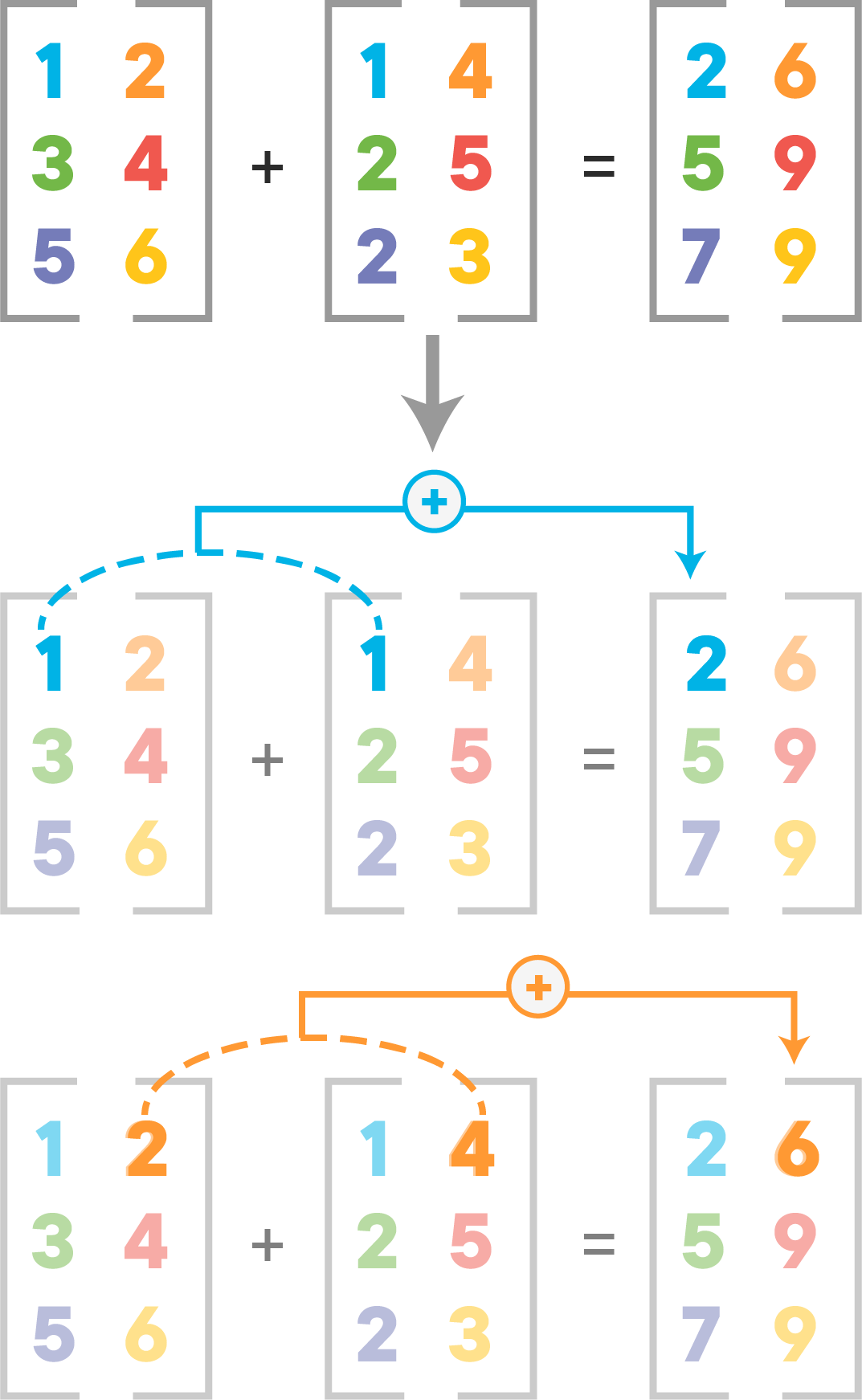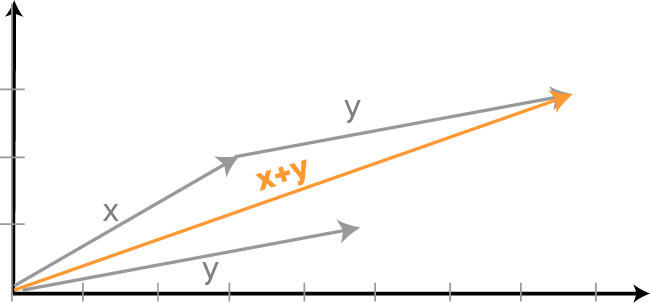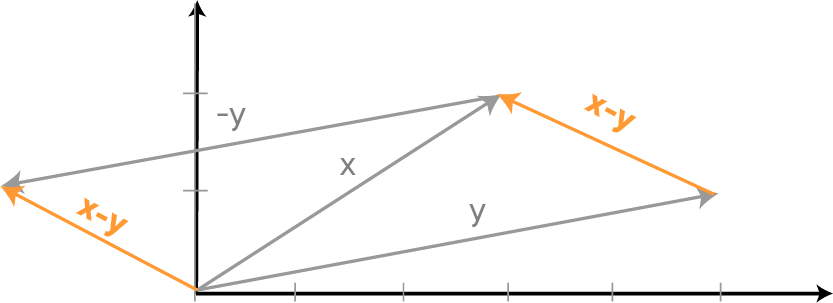This lesson is a supplement to the previous lesson where you learned how to create Numpy arrays as vectors and matrices. In this lesson, you'll look at matrix addition and broadcasting features offered by Numpy.
You will be able to:
- Implement vector addition in Numpy
- Describe how broadcasting differs from addition if there are mismatched dimensions
Let's look at simple vector addition, where all operations are performed element-wise between two vectors/matrices of equal size to result in a new vector/matrix with the same size.
Imagine two arrays A and B with the same dimensions. They can be added together if:
- they have the same shape
- each cell of A is added to the corresponding cell of B
here 
1D-arrays can be added together in exactly the same way using similar assumptions. The addition of two vectors 
You can perform addition operations in Numpy in the following way:
import numpy as np
# Adding 1D arrays
a = np.array([1, 2, 3])
b = np.array([4, 5, 6])
c = a + b
c# Code here Subtracting a vector is the same as adding its negative. So, the difference of the vectors x and y is equal to the sum of x and -y:
$x - y = x + (-y)$
Geometrically, when we subtract y from x, we place the end points of x and y at the same point, and then draw an arrow from the tip of y to the tip of x. That arrow represents the vector x - y.

Mathematically, we subtract the corresponding components of vector y from the vector x:
# Subtracting 1D arrays
a = np.array([1, 2, 3])
b = np.array([4, 5, 6])
c = b - a
c# Code hereNow lets try addition with matrices:
# Adding 2D matrices
A = np.array([[1, 2], [3, 4], [5, 6]])
B = np.array([[1, 4], [2, 5], [2, 3]])
# Add matrices A and B
C = A + B
C# Code here # Add matrices with mismatched dimensions
A = np.array([[1, 2], [3, 4], [5, 6]])
B = np.array([[1, 4], [2, 5]])
# Add matrices A and B
C = A + B
C# Code here You received an error, as expected, because there is a dimension mismatch. Here, it seems intuitive to know why this happened, but when working with large matrices and tensors, shape mismatch could become a real problem and as data scientists, you need to make sure to be aware about the dimensions of your datasets.
Scalar values can be added to matrices and vectors. In this case, the scalar value is added to each element of array as shown below:
# Add scalars to arrays
# Add a scalar to a 1D vector
print(a + 4)
# Add a scalar to a 2D matrix
print(A + 4)Numpy can also handle operations on arrays of different shapes as some machine learning algorithms need that. The smaller array gets extended to match the shape of the larger array. In the scalar-vector addition, we used broadcasting so the scalar was converted in an array of same shape as
Let's see this in action while trying to add arrays with different shapes
A = np.array([[1, 2], [3, 4], [5, 6]])
print(A)
B = np.array([[2], [4], [6]])
print(B)
A + B# Code here In this lesson, you learned how to add vectors and matrices and looked at the dimension match assumption necessary for this addition. You also looked at how Numpy allows you to use broadcasting to add scalars and vector/matrices to other objects with different dimensions. In the following lessons, you'll learn about more complicated mathematical operations and their use in real life data analysis.